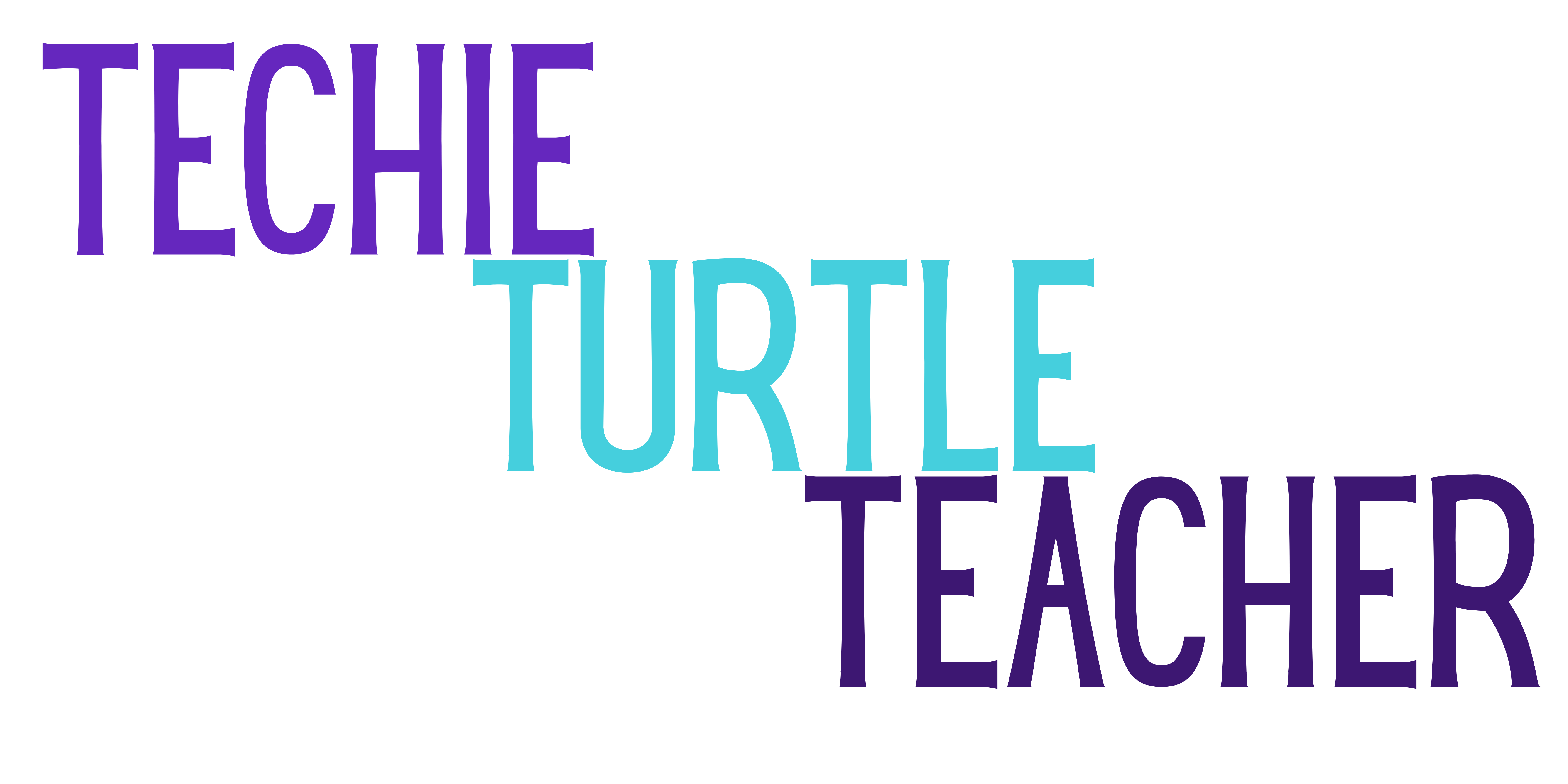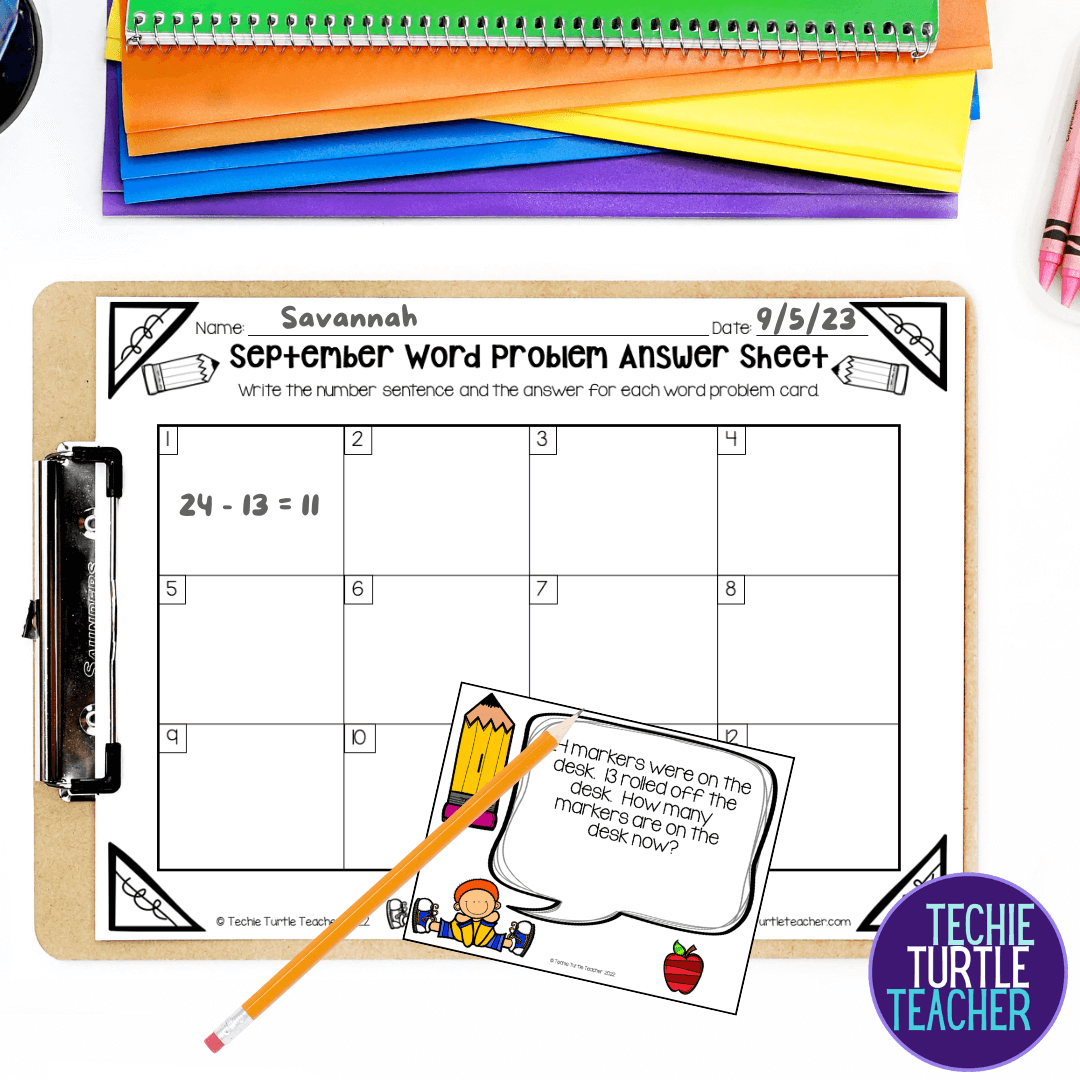As a K-2 math teacher, your focus is on building a strong foundation for your students. Part of that strong foundation is teaching students to solve addition and subtraction word problems.
Task cards are an excellent resource for teaching your students to solve addition and subtraction word problems. They provide a hands-on and engaging way for students to practice their math skills.
What’s so great about task cards?
Task cards are small, versatile, and can be used in various educational settings. There are several benefits of using task cards.
Engagement – Task cards keep students engaged because they are more interactive than worksheets.
Flexibility – You can use task cards with individual students, small groups, or the whole class.
Differentiation – Task cards can be geared toward different ability levels, which make them ideal for differentiated instruction.
Durability – You can laminate task cards to be used over and over again.
Reinforcement of Skills – Students can review previously taught concepts to help reinforce what they have learned.
Independence – Task cards encourage students to work independently to solve math problems.
How to Use Task Cards for Addition and Subtraction Word Problems
Introduction and Modeling
Before students work independently, make sure they know how to solve word problems.
Read the problem for the students and make sure they understand what the problem is asking.
Students should not get in the habit of looking for keywords in word problems.
They need to visualize the problem before solving. A great strategy to help with visualizing is to have students draw a picture of the problem.
You can make up your own word problems to model for students or you can grab a copy of these sports themed word problems below.
Guided Practice
After modeling, it is important for students to practice with your support and guidance. The best way to do this is to work in small groups.
Split your class into smaller groups based on abilities, behaviors, or use random grouping.
Give students a problem to solve – make up a problem or use one from the sports themed task card set you grabbed above.
While students are working through the problem, you will be there to offer ideas and feedback. This allows you to check for understanding and correct any misconceptions the students have.
By working in small groups, you are able to support more students.
Independent Practice
Once your students are comfortable with solving addition and subtraction word problems, set up math centers or stations with word problem task cards for your students to solve.
This gives your students a chance to practice and you can assess their understanding of solving addition and subtraction word problems.
Partner and Group Activities
If your students need practice solving word problems, you can pair them up with another student and they can work together to solve the problems. This encourages students to have discussions about the problem and they can learn from each other.
You could also have students work in larger groups to solve the word problems. It really depends on the needs of your class.
Games
Scoot is a good game to play with task cards. You put a task card on each desk, students solve the task card at their desk and then scoot to the next desk when you give the signal.
Scavenger hunts work well with task cards. Hide the cards around the room and the students have to find them and solve the problems.
Tips for Effective Task Cards
Task cards should have a variety of problems. You don’t want students to find task cards boring, so you should have different contexts and difficulty levels.
You want to use task cards with clear instructions. Your goal is to have students working independently to solve word problems, so you want the task cards to have simple directions for your students to understand without your support.
Many times task cards should have pictures that are engaging and help students understand the problems.
Consistency is key when using task cards. The format should stay the same so your students are not confused.
September Word Problem Task Cards
You can create your own set of task cards to practice word problems during September.
But if you are short on time and want to use task cards that are already made, check out these September Word Problem Task Cards.
These task cards include a variety of problem types and have clear instructions. Pictures are included and the format is consistent throughout the different levels.
If you need differentiated task cards, there are similar problems with different numbers.
Students who need to work with smaller numbers can use the within 20 version or the whole class can use the 2-digit version.
You might have students who are ready for the 3-digit version if they didn’t need support with the other versions.
If you want to use all three levels in your class, the bundle will save you some money.
Conclusion
Task cards are a valuable tool for teaching addition and subtraction word problems. They help you create an engaging learning environment for your students.
Task cards are versatile and can be used to model, during guided practice, for independent tasks, or for use during learning games.
Use these strategies to help your students become confident problem solvers.
Pin on Pinterest for later





